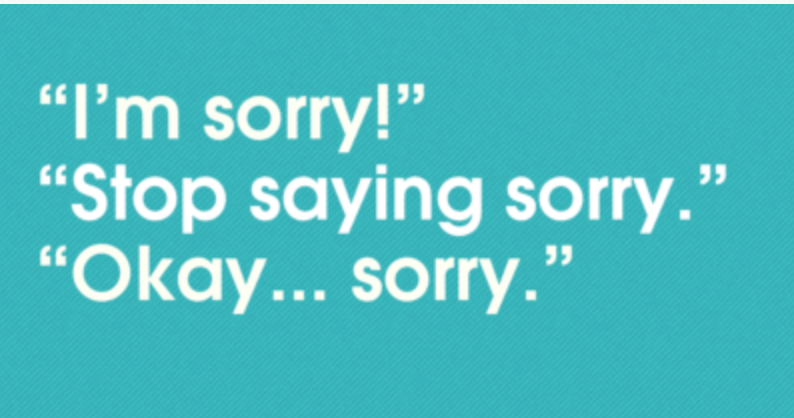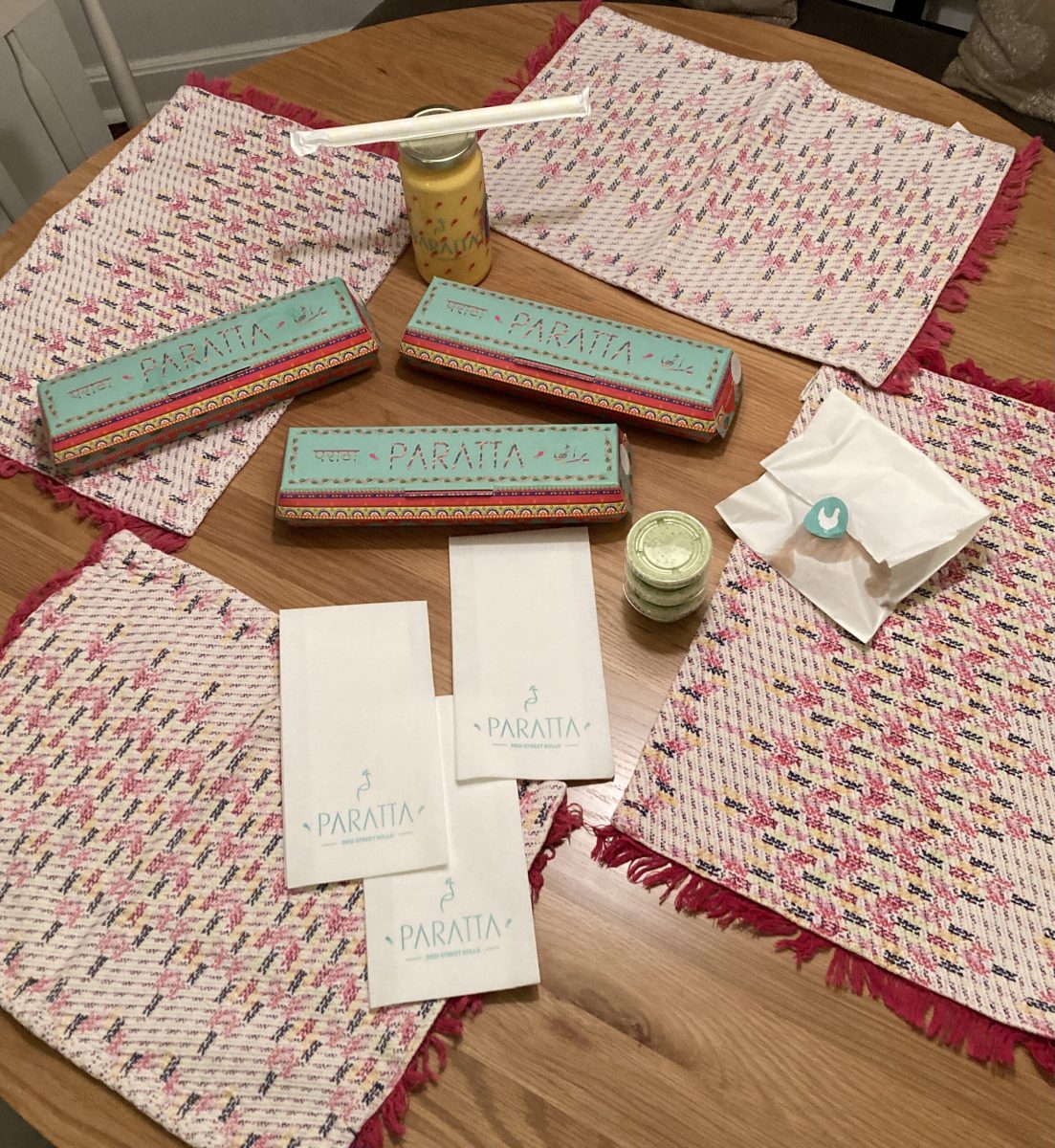Reference photo by health PNG Designed By Gondex from Pngtree.com
As climate change wreaks havoc on our planet, living a more sustainable life is key. Many aspects of our lives have significant negative impacts on our environment, so it is essential for the health of our planet to change our ways.
Fashion is one of the main contributors to environmental waste, using a significant amount of water each year. According to the World Wildlife Foundation, it takes an average of 2,700 liters (713 gallons) of water to make a single t-shirt. Yet, the problem does not stop there. As clothes are dyed, wood and chemicals are both wasted and used to contribute to water pollution; the EPA estimates that in 2018 alone, 11,300 of the 17,030 tons of textiles generated were landfilled.
Despite fashion’s impact on the environment, there still are many possible solutions, such as purchasing clothing from thrift stores or shopping at sustainable brands. Thrifting, for instance, is more environmentally friendly; you are saving water, reducing clothing waste and reducing chemical waste. Several local thrift shops, such as Crossroads carry second-hand clothes for an affordable price. Some stores also carry high-end options or vintage pieces, such as Chance Vintage. Another way to combat fashion’s negative impact on the environment is to shop at eco-friendly stores.
Many sustainable shops have pledged to reduce their water usage through non-plastic, recycled packaging, or recycled materials that do not release plastics. A few of these brands include Threads 4 Thought, Reformation, Patagonia and Levi’s. It is also important to be aware of stores containing eco-friendly lines, but who are not truly eco-friendly themselves. Urban Outfitters, for example, has an Urban Renewal line, which is a collection of vintage or upcycled pieces; however, Good On You, a website that rates brands based on their sustainability and ethics, rated Urban Outfitters as “Not Good Enough” in terms of their sustainable efforts.
Household items such as toiletries and cleaning supplies are another major contributor to climate change and the destruction of our planet. Many of these items are single-use plastics (made of plastic and are meant to be disposed of after use or shortly thereafter). Replacing these common items with sustainable alternatives can decrease the amount of plastic and unnecessary waste. Shampoo and conditioner bottles, for instance, can only be used once. Instead, shampoo and conditioner bars can be used as eco-friendly alternatives, reducing the plastic waste coming from the bottles. These bars can be found at Lush, a company against testing on animals, use only recycled, recyclable or compostable packaging and source their products ethically.
Furthermore, many kitchen items also contribute to plastic waste such as plastic bags. Stasher sells reusable plastic bags in a variety of sizes for all foods. There are also companies such as Zero Waste Cartel that sell a wide range of non-polluting items, including toiletries, kitchen supplies and beauty products.
As the holiday season comes to a close, millions of pounds of packaging that people used for wrapping gifts for family and friends have gone to waste. A Stanford study found that Americans waste 25% more from Thanksgiving to New Years in comparison to any other period of time. Fortunately, there are many replacements for traditional wrapping paper; rock or stone paper acts as a more sustainable alternative because it is not made out of trees. Papersource sells a variety of stone wrapping paper in many different colors, patterns and sizes. Reusing wrapping paper is yet another way to save paper, which prevents excess waste and saves the amount of paper you have to buy the next year. You can also be more creative when wrapping presents by using scarves, fabric or reusable bags to put gifts in instead.
Despite the benefits, even shopping eco-friendly poses a problem for environmental sustainability. Many brands claim to be environmentally friendly in order to raise their product prices and gain more popularity. This is called greenwashing. Others may have more minor issues with their processes and materials. For example, Reformation was criticized for not living up to their “eco-friendly” claim, because of their use of animal leather and their viscose process, which is the chemical preparation of rayon for clothing. In the viscose process, two of the main chemicals used, sodium hydroxide and carbon disulfide can have harmful effects on the environment including harming underwater life forms. However, Reformation still makes very strong efforts to be environmentally friendly by using recycled materials and reducing their carbon footprint and is a leader in terms of sustainability in the fashion industry. Many companies completely falsely claim to be eco friendly to appeal to more customers when in reality, they only sell one or two eco-friendly products.
Checking brand and composition tags can determine whether the clothing is truly sustainable. Materials like cotton and linen are more eco friendly in comparison to materials like polyester and nylon that release microfibers and take hundreds of years to biodegrade. Looking at materials can also determine if the materials are actually eco-friendly and truly worth the price a company offers to ensure that they are not greenwashing. Furthermore, looking for where the clothing was made can determine if it was made ethically. Also, companies that have third-party verification are a reliable option, as their claims are verified. The Campus Environmental Committee Page on MyMarlborough is a great resource for more information on what is happening in the environment and how you can help.











